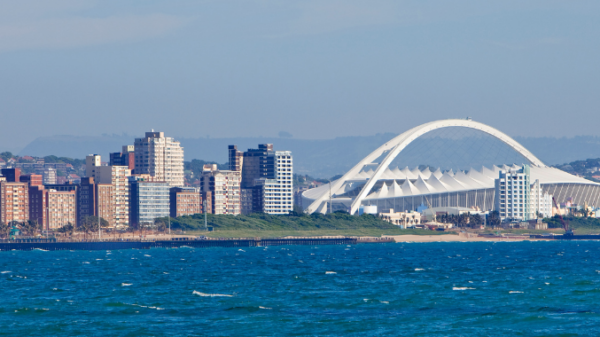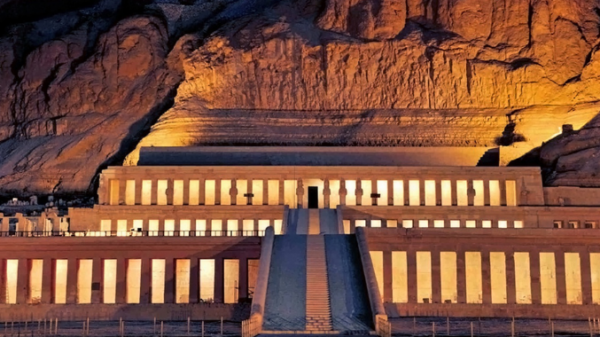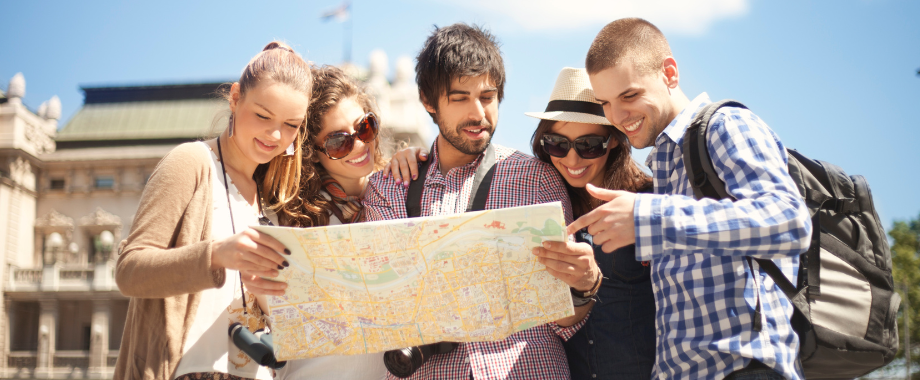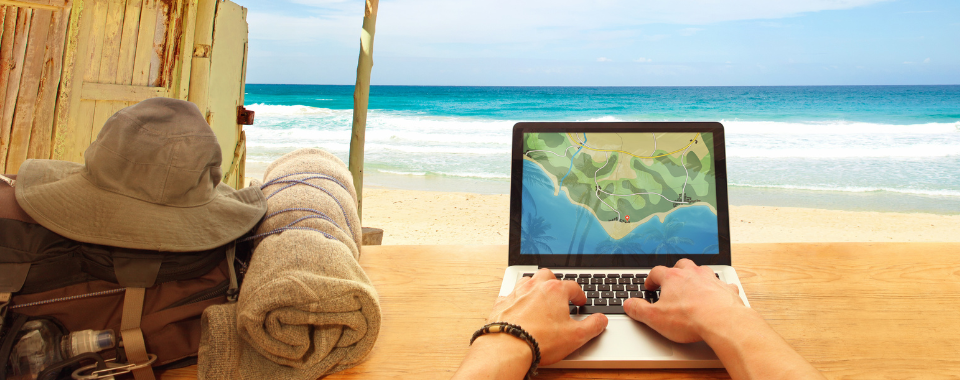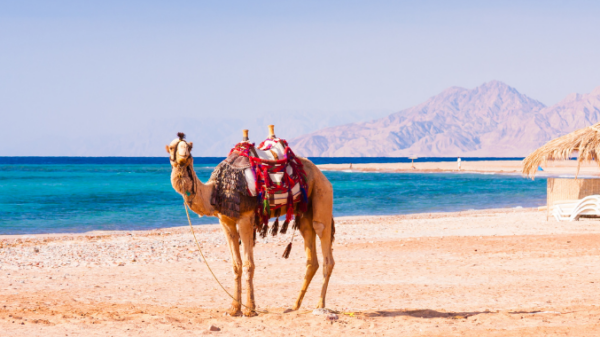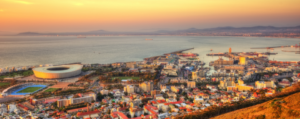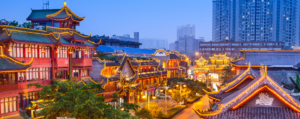Nestled alongside the shores of the Atlantic Ocean, Rabat, the coastal capital of Morocco, beckons travelers with a symphony of historic wonders, timeless traditions, and a vibrant urban spirit. Whether it’s wandering the labyrinthine streets of ancient medinas, gazing upon the remnants of Moorish palaces, or immersing oneself in the city’s modern arts and culture scene, Rabat holds a tapestry of experiences for the intrepid wanderer. If you’re a travel enthusiast seeking beauty and mystery, or a history buff yearning to unlock the secrets of an ancient city, this comprehensive guide to Rabat will illuminate the path for you.
Stepping Into The Past: Historical Landmarks and Cultural Hotspots
Intricately intertwined with the centuries that preceded it, Rabat’s landscape is a living testament to the city’s rich historical tapestry. Here’s a comprehensive list of the historical landmarks and cultural treasures that every visitor must experience.
The Kasbah of the Udayas
Perched on a bluff overlooking the confluence of the Bou Regreg River and the Atlantic Ocean, the Kasbah of the Udayas is a masterpiece of Andalusian architecture. Roaming through its blue-hued streets, you’ll find a harmonious blend of whitewashed buildings, ornate doorways, and serene courtyards. Dominating the kasbah’s skyline is the fortress of the Oudaias, offering panoramic views that stretch to the horizon.
Hassan Tower and Mausoleum of Mohammed V
Eponymous with the late King of Morocco, the Mausoleum of Mohammed V is a symbol of modern Moroccan architecture. Adjacent stands the incomplete Hassan Tower, a colossal minaret reminiscent of the ancient Almohad dynasty. This sacred site is not only a marvel of craftsmanship but also a revered place of worship and reflection.
Chellah Necropolis and Gardens
A short distance from downtown Rabat, the Chellah site transports visitors to a verdant realm of ruins and tranquility. Once a bustling Roman outpost, Chellah flourished under the rule of Berber and Arab dynasties. Today, the overgrown gardens and crumbling archways exude a haunting beauty, especially when contrasted against the storks that have made their homes in the ancient edifices.
Hidden Gems of Rabat
While the above landmarks are the crown jewels of Rabat, the city’s allure is also hidden in less frequented corners. Delve into these off-the-beaten-path destinations to uncover the city’s essence.
Rabat’s Art Scene: Historic Galleries and Modern Exhibits
Rabat is a city of artistic expression, blending the historic and modern in its vibrant gallery scene. The Mohammed VI Museum of Modern and Contemporary Art is a testament to the city’s dynamism, hosting works from Moroccan and international artists. For a more local flavor, the Musée Belghazi offers a collection of traditional Moroccan crafts and artifacts in a dazzling riad setting.
Stroll Through Nature at The National Zoo of Rabat
For a tranquil break from the urban bustle, the National Zoo of Rabat provides a haven for nature lovers. The zoo showcases an array of indigenous Moroccan fauna, along with a picturesque botanical garden. It’s a delightful retreat, offering a unique way to learn about the country’s diverse ecosystems.
The Andalun Gardens: A Timeless Oasis
Escape the city within the city at the Andalun Gardens, a sanctuary of sun-dappled pathways and exotic flora. These historic gardens, dating back to the 14th century, were once a royal site providing leisure and reflection for sovereigns. Today, they remain a peaceful respite, perfect for a leisurely meander.
Savoring the Local Flavor: Where to Stay, Dine, and Shop in Rabat
To truly immerse yourself in the local culture, these recommended accommodations, dining spots, and shopping districts are not to be missed.
Traditional Riads for a Royal Stay
Experience the regal comfort of a traditional riad during your Rabat sojourn. Riad Kalaa, boasting a central location in the old medina, and Dar El Kébira, nestled within the heart of the Udayas, offer opulent stays that marry authenticity with modern conveniences. The intimate settings of these riads ensure a personalized experience that reflects the warm hospitality of Moroccan culture.
Culinary Journeys Through Rabat’s Best Eateries
The gastronomy of Rabat is an adventure for the palate, marrying Arabian, Berber, and Andalusian influences. Café Maure, set within the Oudaias Kasbah, serves delectable mint teas and pastries while providing breathtaking coastal vistas. For an immersive dining experience, Le Dhow—a floating restaurant—offers international cuisine and live music, accompanied by the gentle lapping of the river.
Souks and Markets for Authentic Souvenirs
Rabat’s souks are a treasure trove of Moroccan handicrafts, from intricately patterned rugs and leather goods to the world-famous ceramics of Fes. The Souk al Ghazal and Souk es Sebbat, in the heart of the medina, are bustling mazes of merchants and artisans eager to share their crafts. Don’t miss out on the weekly artisanal market at the Bab El Had gate, where traditional wares and local delicacies tempt all your senses.
Getting Around and Staying Safe in Rabat
Navigating a new city can be daunting, but Rabat offers several options for getting around. Discover how to make the most of your visit, no matter where your interests lie.
The Best Time to Visit Rabat
Rabat’s Mediterranean climate means mild winters and warm summers, making it an enticing destination year-round. The spring months, from March to May, are particularly popular due to the temperate weather and the blossoming of the city’s flora.
Public Transportation and Tourist Passes
The Rabat-Salé tramway system provides a reliable and convenient way to traverse the city, with stops near major attractions. For exploration beyond the city confines, taxis are abundant, including petit taxis for local travel and grand taxis for inter-city journeys. Visitors can also take advantage of the ‘Rabat Card’, which grants access to several cultural sites and serves as a tram pass.
Ensuring a Safe and Enjoyable Visit
Rabat is generally a safe city for travelers, with a visible police presence and friendly locals. To ensure a smooth trip, it’s recommended to dress modestly, respect local customs, and always keep an eye on personal belongings. When using taxis, either agree on a fare beforehand or ensure the meter is running.
